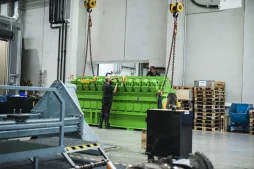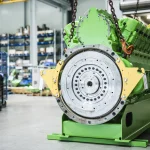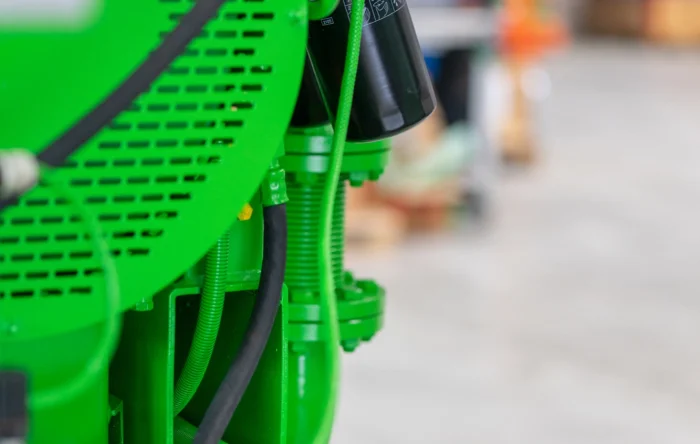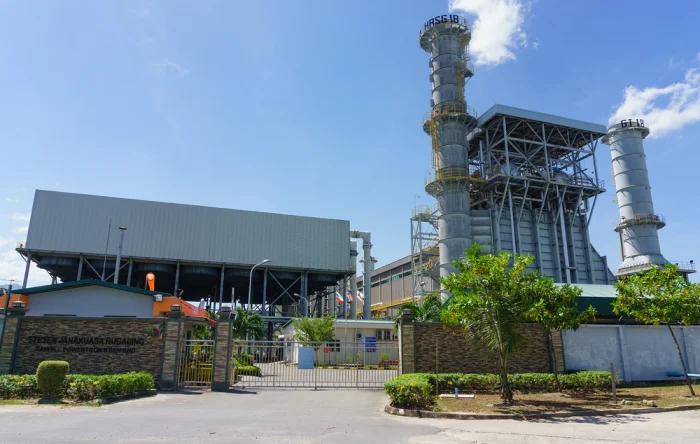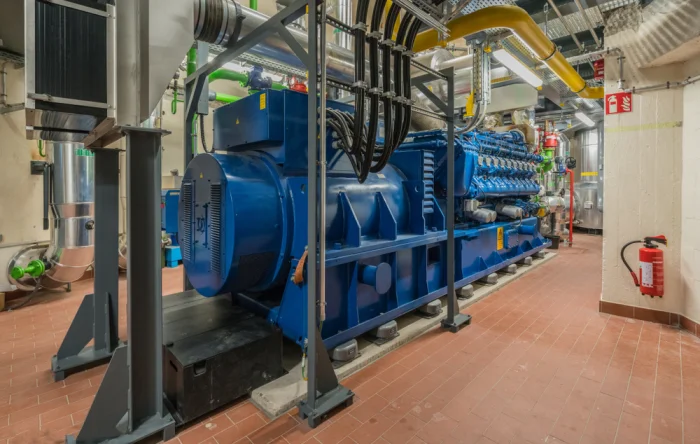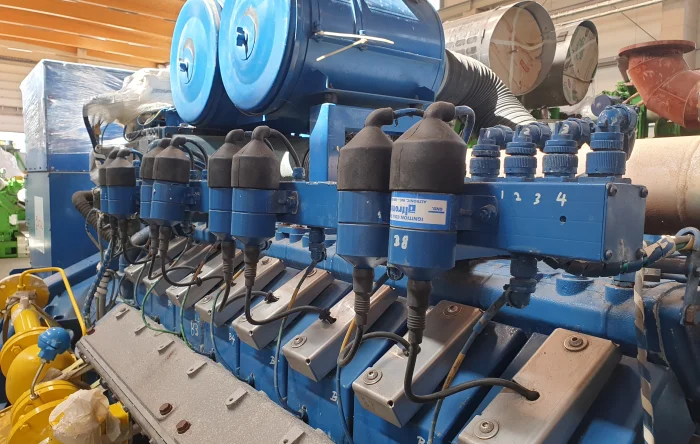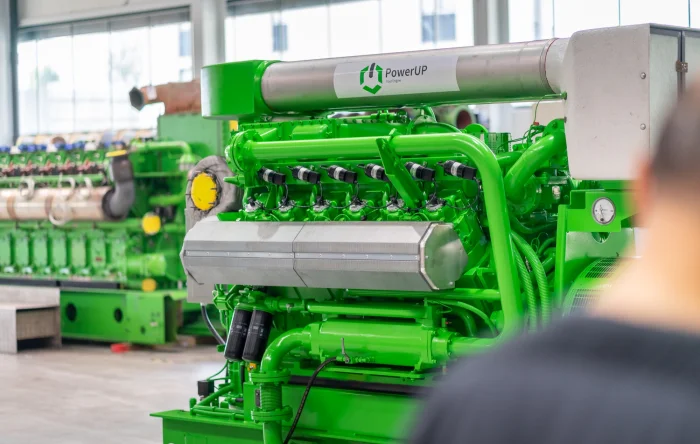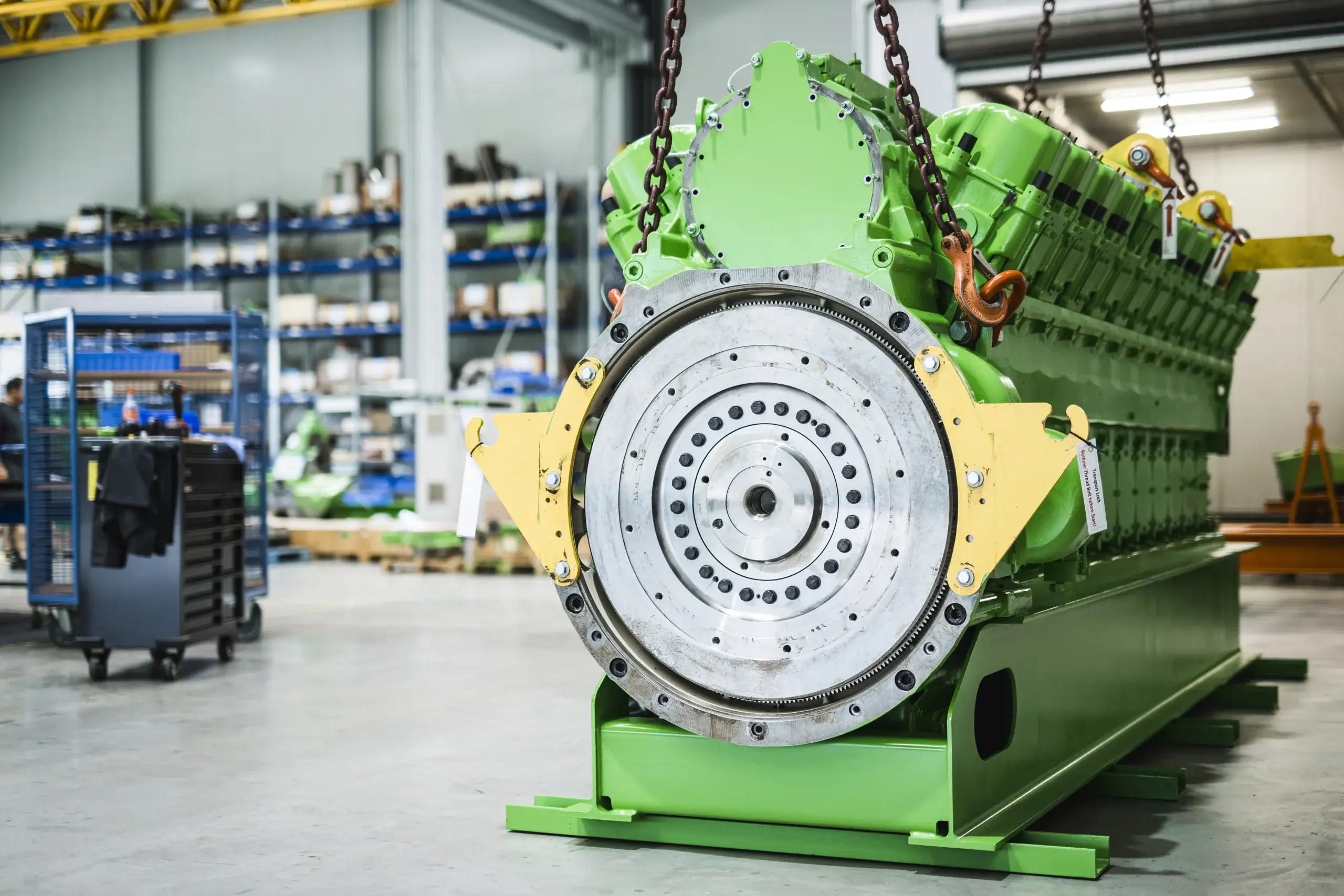The History of INNIO Jenbacher®
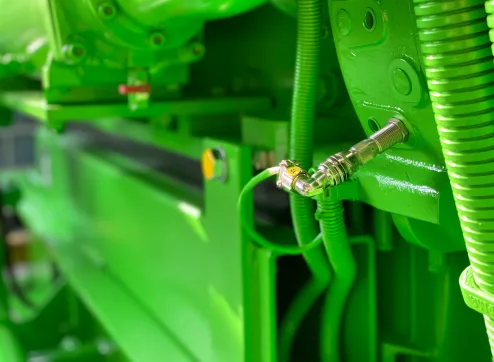
The story of INNIO Jenbacher® is one of perseverance, innovation, and success in the global energy sector. This article takes you through the evolution of INNIO Jenbacher®, highlighting its milestones and how it has become a leading name in gas engine technology.
The Origins of Jenbacher Werke
The journey began in the town of Jenbach, Austria, where the company was originally established in 1959. Initially focusing on manufacturing diesel engines, the company quickly identified the growing need for energy solutions and shifted its focus towards developing gas engines. This decision marked the beginning of what would become a significant player in the power generation industry.
Transition to Gas Engines
In the early 1970s, Jenbacher Werke ventured into the gas engine sector, driven by the vision to create more efficient and environmentally friendly power solutions. This transition was fueled by the global oil crisis, which prompted a search for alternative energy sources, making natural gas and biogas attractive options for power generation.
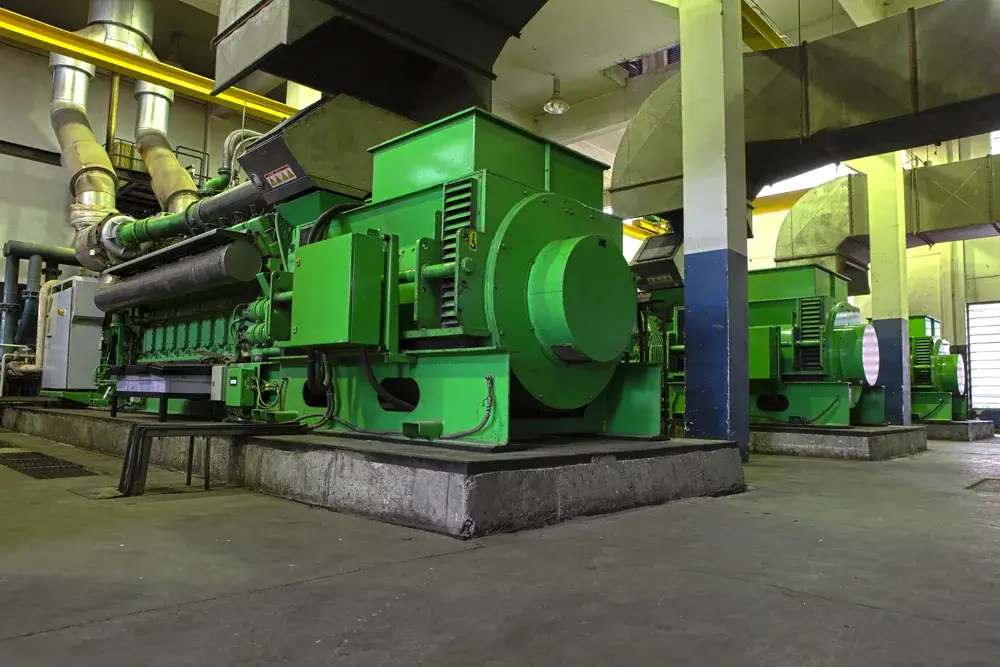
Expansion into the Global Market
Building on its strong foundation and reputation for quality in Austria, Jenbacher began to explore opportunities beyond its borders, identifying the growing demand for reliable and efficient energy solutions worldwide. This international expansion was facilitated through strategic partnerships, acquisitions, and the establishment of distribution networks across different continents.
By adapting its products and services to meet the diverse needs of various regions, Jenbacher succeeded in not only extending its geographic reach, but also in solidifying its position as a global authority in gas engine technology.
Technological Innovations
Driven by a commitment to efficiency and sustainability, Jenbacher has continuously pushed the boundaries of gas engine technology, introducing groundbreaking advancements that enhance performance and reduce environmental impact. From the development of high-efficiency cogeneration/CHP systems to the integration of renewable gas capabilities like biogas or landfill gas, these innovations reflect Jenbacher’s dedication to meeting the evolving needs of the energy sector.
Notably, the introduction of advanced control systems and the adoption of cutting-edge materials have further improved engine reliability and lifespan, setting new industry standards.
Acquisition by GE
Acquired by GE in 2003, Jenbacher benefited from GE’s vast resources, global network, and deep expertise in power generation technology, allowing for accelerated research and development efforts.
This collaboration led to the introduction of more advanced and efficient gas engine models, further solidifying Jenbacher’s position in the global energy market. The synergies between Jenbacher’s innovative engine solutions and GE’s leadership in industrial technology fostered a productive partnership, enhancing Jenbacher’s capabilities in delivering high-performance, sustainable energy solutions.
The birth of INNIO
The birth of INNIO in 2018 emerged from the acquisition of GE’s Distributed Power business by Advent International, heralding the inception of INNIO as an independent entity focused on energy solutions. With Jenbacher and Waukesha engine brands under its umbrella, INNIO set forth on a mission to lead in the power generation and gas engine market.
INNIO’s formation allowed Jenbacher to leverage its historical strengths while embracing new opportunities for growth and development, positioning itself as a leader in the global energy landscape, dedicated to advancing technology and sustainability in power generation.
INNIO Jenbacher® Today
Today, INNIO Jenbacher stands as a distinguished leader in the global energy sector, renowned for its innovative gas engine technology and comprehensive power solutions.
With a steadfast commitment to sustainability and efficiency, INNIO Jenbacher continues to push the boundaries of what’s possible in gas engine performance, offering a diverse portfolio that serves a wide range of industries—from utilities and manufacturing to agriculture and beyond.
The company’s engines are celebrated for their versatility, capable of running on various types of gas, including natural gas, biogas, and hydrogen, thus catering to the growing demand for renewable and low-emission power sources.
The Ultimate Guide to Jenbacher® Gas Engines
From detailed breakdowns of each engine series to their innovative applications across various industries, this guide provides a comprehensive overview of Jenbacher® engines’ efficiency, versatility, and commitment to sustainability.
Pioneering Sustainable Solutions
INNIO Jenbacher®’s commitment to sustainability is evident in its continuous efforts to improve engine performance and reduce emissions. The company’s engines are at the forefront of technology, capable of operating on renewable and low-carbon gases, like syngas and furnace gas, thus contributing to a greener future.
PowerUP and INNIO Jenbacher® — A Partnership for Excellence
PowerUP provides comprehensive service and support for Jenbacher® engines. Through this collaboration, customers benefit from PowerUP’s expertise with gas engine repair and maintenance, gas engine spare parts, and innovative upgrades, ensuring their Jenbacher® engines operate at peak efficiency.
Together, PowerUP and INNIO Jenbacher® are setting new standards in the energy sector, delivering unparalleled value to clients and contributing significantly to the global shift towards cleaner, more efficient power generation.
Frequently asked questions
Which is the largest Jenbacher® engine?
The largest Jenbacher® engine is the J920 FleXtra gas engine. It is designed for high efficiency and flexibility, offering one of the highest electrical efficiencies in its class, suitable for large-scale power generation projects.
What are the unique technological features of Jenbacher® gas engines?
Jenbacher® gas engines are distinguished by their advanced combustion technology, ability to operate on a wide range of gas types, and high efficiency. Their robust design ensures reliable performance under various operational conditions, making them a versatile choice for different energy needs.
What is the price for a Jenbacher® gas engine?
The price of a Jenbacher® gas engine varies widely depending on the model, specifications, and configuration. Costs can range significantly, reflecting the engine’s size, power output, and any customized features or technologies included. For accurate pricing and further information, it’s recommended to contact a sales representative from INNIO or an authorized distributor like PowerUP.

